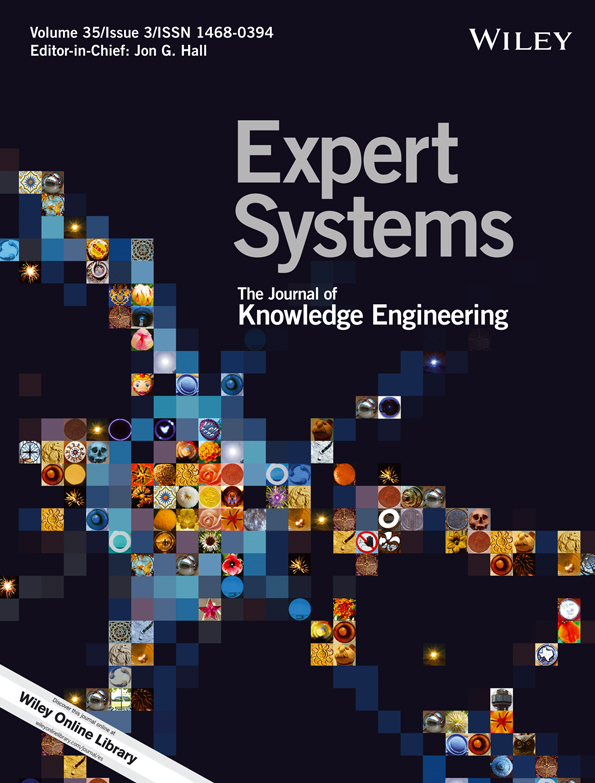Clustering short temporal behaviour sequences for customer segmentation using LDA
Abstract
Customer segmentation based on temporal variation of subscriber preferences is useful for communication service providers (CSPs) in applications such as targeted campaign design, churn prediction, and fraud detection. Traditional clustering algorithms are inadequate in this context, as a multidimensional feature vector represents a subscriber profile at an instant of time, and grouping of subscribers needs to consider variation of subscriber preferences across time. Clustering in this case usually requires complex multivariate time series analysis-based models. Because conventional time series clustering models have limitations around scalability and ability to accurately represent temporal behaviour sequences (TBS) of users, that may be short, noisy, and non-stationary, we propose a latent Dirichlet allocation (LDA) based model to represent temporal behaviour of mobile subscribers as compact and interpretable profiles. Our model makes use of the structural regularity within the observable data corresponding to a large number of user profiles and relaxes the strict temporal ordering of user preferences in TBS clustering. We use mean-shift clustering to segment subscribers based on their discovered profiles. Further, we mine segment-specific association rules from the discovered TBS clusters, to aid marketers in designing intelligent campaigns that match segment preferences. Our experiments on real world data collected from a popular Asian communication service provider gave encouraging results.




